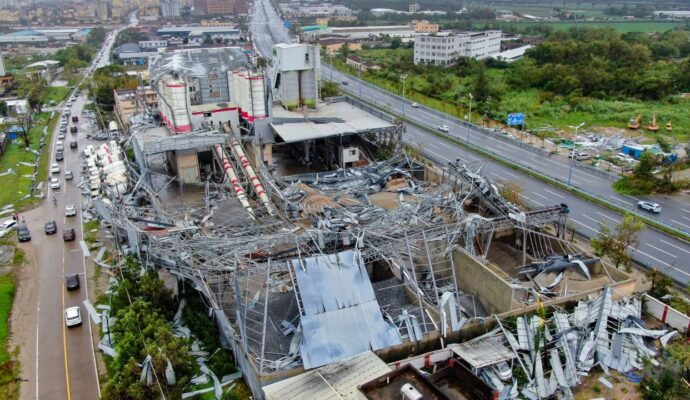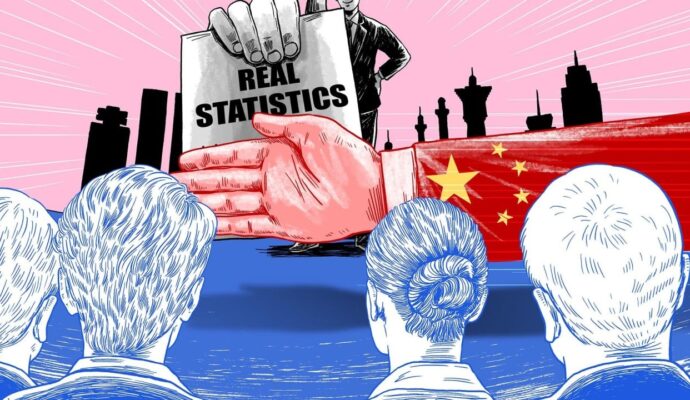
The United Nations has projected that India will surpass China as the world’s most populous country this year, while the mainland population is expected to drop to 1.313 billion by 2050 and below 800 million by 2100.
China’s working-age population – those between 16 and 59 years old – stood at 875.56 million at the end of 2022, down from 882.22 million a year before.
But that number will decrease by about 23 per cent compared to last year by 2050, according to the YuWa report, written by Chinese economists and demographers including Ren Zeping, Liang Jianzhang and He Yafu.
As the total labour supply continues to shrink, labour costs will continue rising
“As the total labour supply continues to shrink, labour costs will continue rising, and some manufacturing industries have begun and will continue offshoring to Southeast Asia, India and other places,” the report said.
“From a marginal point of view, China’s demographic dividend has come to an end, and it is facing the situation where people have become old before they are rich. In the future, the savings rate and investment rate will gradually decline, and the potential economic growth rate will decline.”
China’s population explosion has been one of the main drivers of the country’s rapid economic growth. However, the average age of China’s workforce grew from 32.3 years in 1985 to 39 in 2020, according to a report released in December by the Centre for Human Capital and Labour Market Research at the Central University of Finance and Economics in Beijing.
China’s shrinking working-age population and ageing society poses a big threat to its economy, experts say.
By 2050, the median age in China will be 50, while it will be 42.3 years old in the United States and 37.5 in India.
“Of course, the quality of the population also matters,” the report said.
“As the level of education improves, the dividend of population quality will partially offset the impact of the disappearance of the population quantity dividend.”



